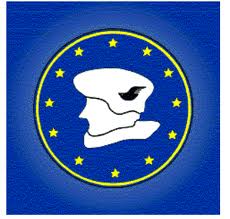 From the next academic year students participating in Erasmus+ study mobilities will receive higher scholarship grants. According to the Tempus Public Foundation this could mean an extra 100 Euros per month for those studying abroad. Applications are open from 1st February 2016 via the online application system of the Erasmus Office. Applications are continuous and can be submitted for both staff and student mobility programmes.
From the next academic year students participating in Erasmus+ study mobilities will receive higher scholarship grants. According to the Tempus Public Foundation this could mean an extra 100 Euros per month for those studying abroad. Applications are open from 1st February 2016 via the online application system of the Erasmus Office. Applications are continuous and can be submitted for both staff and student mobility programmes.
The application notice and guide for the 2016/2017 Annual Erasmus+ Scholarship for student and staff mobility at Semmelweis University can be viewed by clicking here.
The Erasmus+ programme was launched in 2014 when the European Commission classified the participating countries into three categories based on the cost of living and set a limit to the amount of grant available in the most expensive countries.
The decision of the Tempus Public Foundation, coordinating the programme in Hungary, made it possible for students participating in study mobilities in the other 21 countries belonging to the first two financial categories to receive 50 to 100 Euros more every month compared to previous grants. Thus, from the beginning of the academic year 2016/2017 there will be more grants available for students in case of mobility programmes to Germany, Spain, the Netherlands, Poland and Malta.
It is expected that the increased financial support will boost the popularity of the mobility programme and the number of participants will increase.
Currently there are 53 institutions in Hungary with Erasmus partnerships and there are 4,300 Hungarian students participating in the programme every year. More information on the process of application and deadlines are available at Semmelweis University’s Erasmus Office.
124 students out of 195 were granted the possibility to study abroad with the financial support of the Tempus Public Foundation in the academic year of 2014/2015. Students can apply for study programmes and undergraduate and postgraduate internship mobilities.
Further information is available on the website of the Erasmus+ programme.
PP
Photo: Attila Kovács – Semmelweis University
Translated by: Ágnes Raubinek


